BIM implementation requires detailed planning as well as modification of standard design processes. BEP, i.e. BIM Execution Plan is a document which helps us with the implementation of this new technology. It is a living document updated during design works and prepared individually in accordance with the design and executive groups’ needs. Although the plan itself is created for the specific project, its creation process has common features.
In the first series of the articles concerning BEP (link to first part), we have learned that without well-specified and measurable goals we will not get far. The process of BIM implementation will not be consistent, and implementation effective.
In today’s post, we will take a closer look at a really important issue, namely the types of BIM uses in various project execution phases.
The following article is included in the "How to become BIM Coordinator". In case it’s the first post you came across, I encourage you to read the introduction of the full series. I explain there how the articles have been organized to make sure you can get the most out of the series. Have a good read.

DO YOU WANT TO BECOME A BIM COORDINATOR ? I AM BUILDING AN ONLINE PROGRAM TO BOOST YOUR CARRER IN BIM
Table of Content
1. What BIM uses we can implement in our project?
When the BIM team specifies the measurable goals, both from the project and the company perspective, we should figure out and identify particular possible applications of BIM technology. The model itself, as well as the information contained in it, may be used in several ways through the whole lifecycle of the investment. Starting from planning through design, execution finishing with the property management phase. The way we apply BIM depends mainly on what we would like to achieve, hence it depends on our goal.
Below, there is a table presenting the examples of BIM applications in particular project phases. In most cases, the implementation team will choose only the applications, which bring them closer to achieve the project goals.
2. Various BIM uses
Exisiting situation analysys
Existing situation modelling
Cost Analysys - BIM 5D
Space programming
3D Modelling
Construction works analysis - BIM 4D
Light performance analysis
Acustic analysis
Wind analysis
Structural analysis
Sustainability Evaluation
Authoring 2D documentation
3D Coordiantion
Processes in which 3D models are used to coordinate different disciplines (e.g., structural and mechanical). Disciplinary models are combined into one multidisciplinary model. Then with a use of special software we validate models. With 3D coordination, we can identify and resolve possible clashes between virtual elements prior to actual construction or fabrication.
Digital Fabrication
Asset Procurement
Monitor Maintenance
Space Management
3. BIM Uses - Where to start our choice?
All right, we have already told, what are some of the BIM applications in the investment lifecycle. Now a new question arises – “How to choose the most appropriate applications for our project?”. In this case, the best solution would be to look again and think about how the information from the model will be applied in the future. For example, if we want to use a model to develop a fire protection layout the information about the fire resistance class should be included in the model elements, such as, walls, doors or windows. Hence, we know that, for instance, the architect must insert the mentioned information to their model in the initial phase of design. This information may be applied in the subsequent phases of the investment realization.
The knowledge concerning the application of information in the future will give us many advantages. It will help to develop a strategy of data flow in the model. We will know which information is applied repeatedly, and which only once. It will also help to develop an optimal strategy and focus only on important information.
4. Choosing appropriate BIM uses in our BEP
Now we know where we can apply BIM in particular project phases. We are also aware that during the choice of the BIM uses, we should always remember our goals and desired results in the project. Now, let’s move to the project itself, the selection of the model application, which may be troublesome for the team developing BEP. Our task is to choose the areas where the BIM technology potential will be used.
To facilitate this task, it is worth applying proven tools. One of them may be a selection table (see drawing below), which helps us make the right decision. Such a decision will have a measurable impact on our BIM strategy. In the previous article concerning project goals (project goals – part 1), as an example, we used the hospital project.
Its project goals are as follows:
These goals will be used as an example to fill in the BIM application table. The table consists of a few columns corresponding to the further steps of the choice proces.
- Step 1. In column number 1, we insert all the potential applications of BIM on our project. By filling in this column, we should always ask ourselves if the BIM application will bring us closer to achieve the project goal.
- Step 2. In column number 2, we specify who is involved in the particular application implementation. If BEP is developed for one group, for instance, for architects’ team, this point may be omitted. However, if we work on the project involving the contractor, subcontractors, different groups of designers, architects and clients, we should write them in the table. In column number 3, we determine the priority of a given application for particular groups.
- Step 3. In column number 4, we specify what possibilities the involved group has in implementing BIM in a particular area. Here, we ask a question: Are they experienced? Have they done it before? Do the team members have appropriate competence? Do they have appropriate resources to apply BIM in a given area? We established a competence scale from 1 to 5, where 1 means a lack of competence, and 5 means a professional.
- Step 4. In column number 5, we insert all deficiencies related to the implementation of the particular BIM application. When analyzing step 3, we have already known where our competencies are insufficient. At this point, we write down where exactly the problem is. If it is a lack of competence in the team or if we have the appropriate software to implement a particular task. There can be many reasons. Our task is to identify them and find the solution.
- Step 5. Our final step is to evaluate whether or not we are going to apply BIM in a particular area. We already have the information necessary to make a decision. We have listed the applications that are compatible with the project goals. We have determined to what extent these are priorities for the project members, and we have defined the level of competence we have. We also know our deficiencies and what we need to improve. It is, therefore, necessary to act like a man and decide whether we are in or out. The team needs to discuss the measurable advantages resulting from the implementation of given solutions in comparison with the costs incurred and come to appropriate conclusions.
5. "We want everything" - a few words at the end
Today we have learned the next step, bringing us closer to developing a fully functional and professional BIM Execution Plan. A well-defined area of BIM uses is the key to the successful development of the information flow strategy on the project. A regularly occurring mistake at this phase of BEP development is that clients are too ambitious in applying BIM. I have heard more than once – we want everything. We expect to apply BIM at the 7D level, virtual reality, drones, and artificial intelligence implementation. Sheer madness.
Even though the bold ambitions of the ordering parties are positive, and move our industry forward, they have to face often harsh reality. It is our responsibility, as professionals to sometimes cool down the enthusiasm and approach the task as an engineer. Ask specific questions and expect accurate answers. Because only through concrete actions, we can develop an effective BEP and successfully implement it into the project.
The information contained in the guide is based on my own experience but also inspired by Penn State University’s work in the BEP development:
https://www.bim.psu.edu/
as well as ISO 19650-1 and 19650-2 standards:
https://www.bsigroup.com/en-GB/iso-19650-BIM/
Check out other articles from about Creating Successful BEP:
PART 1 – What is BEP and why is it important to create one

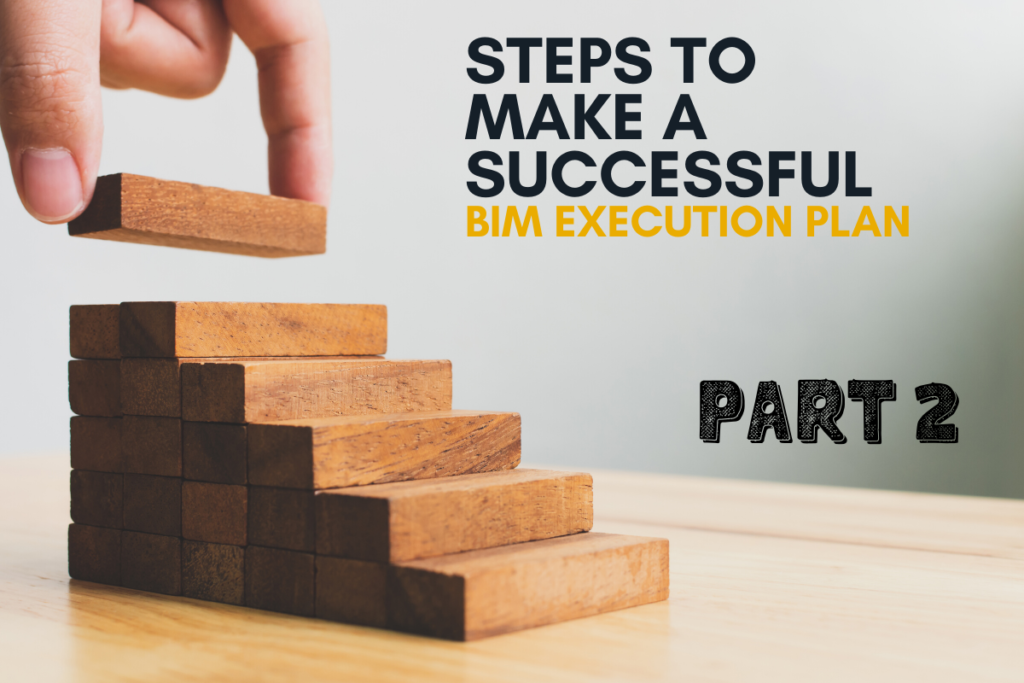
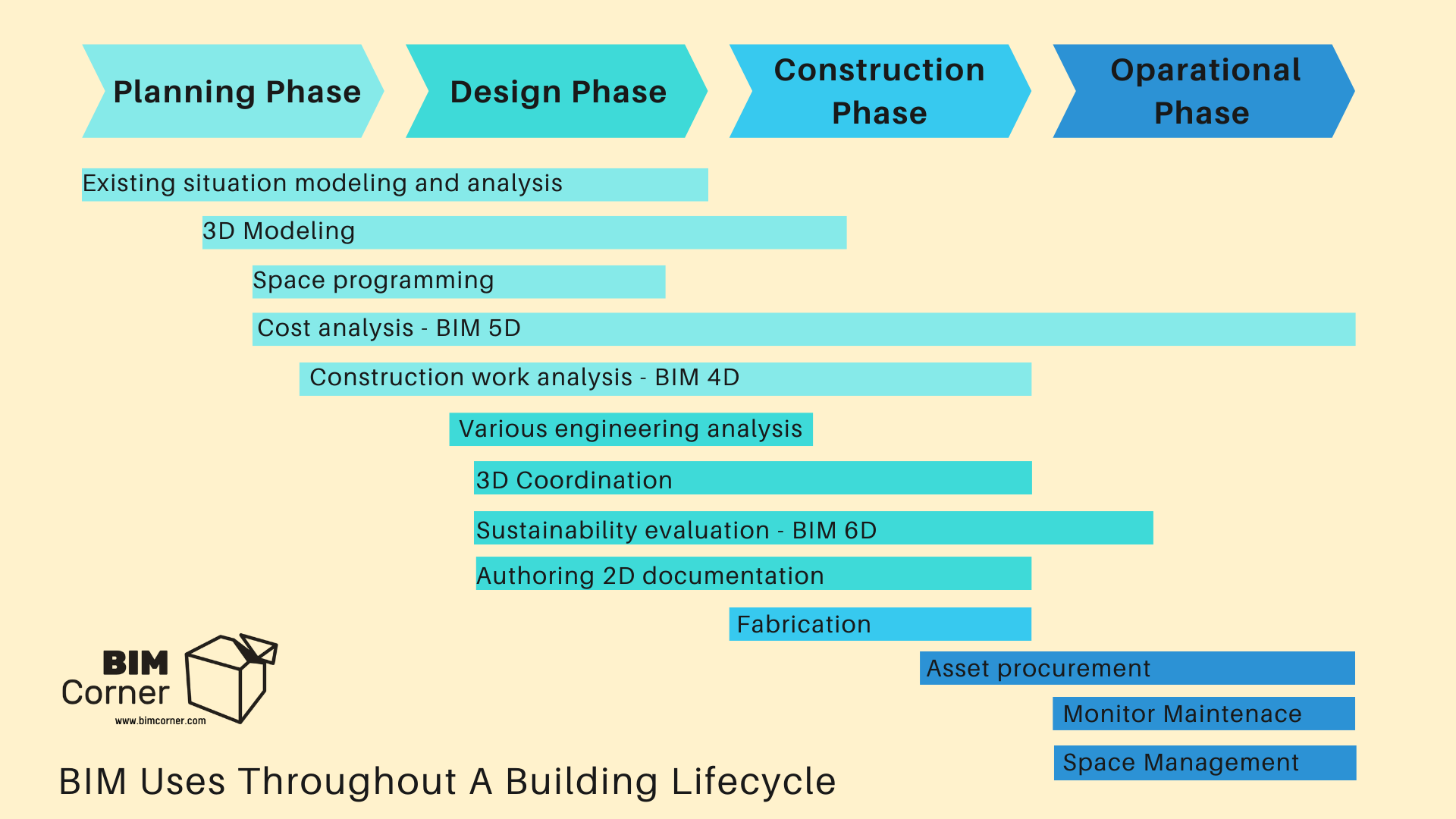
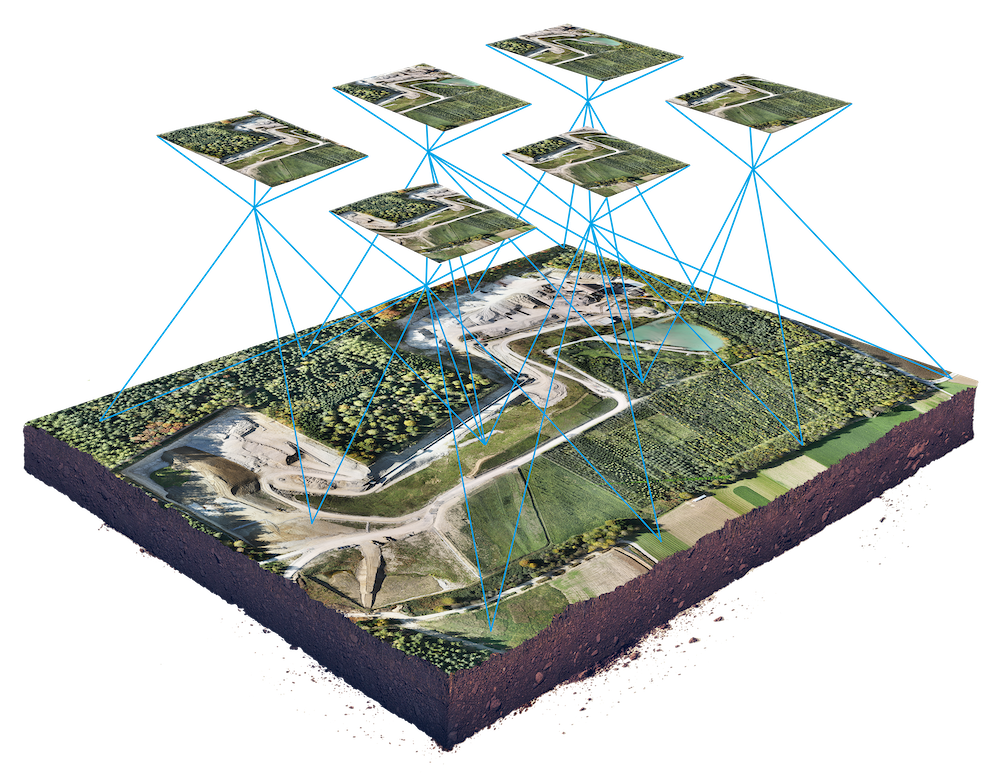


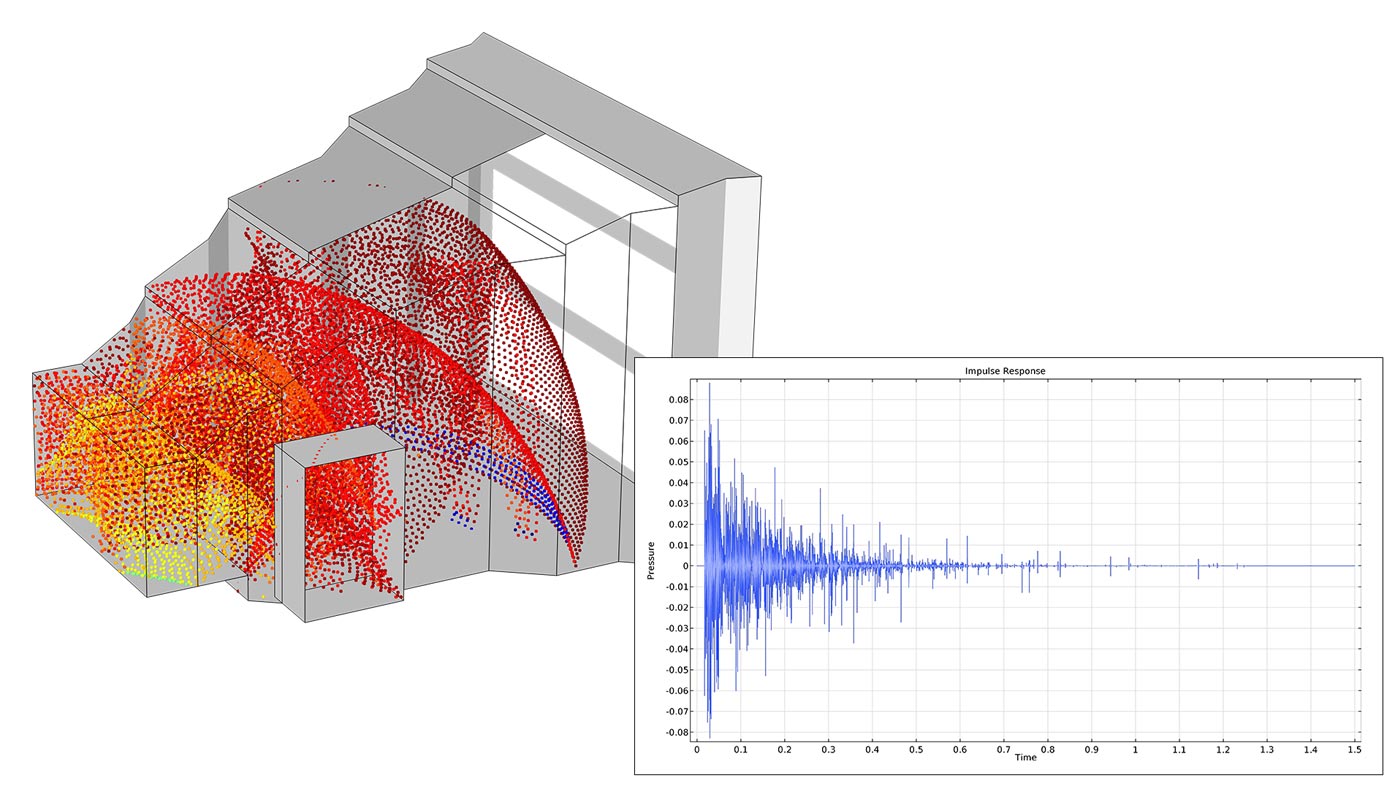

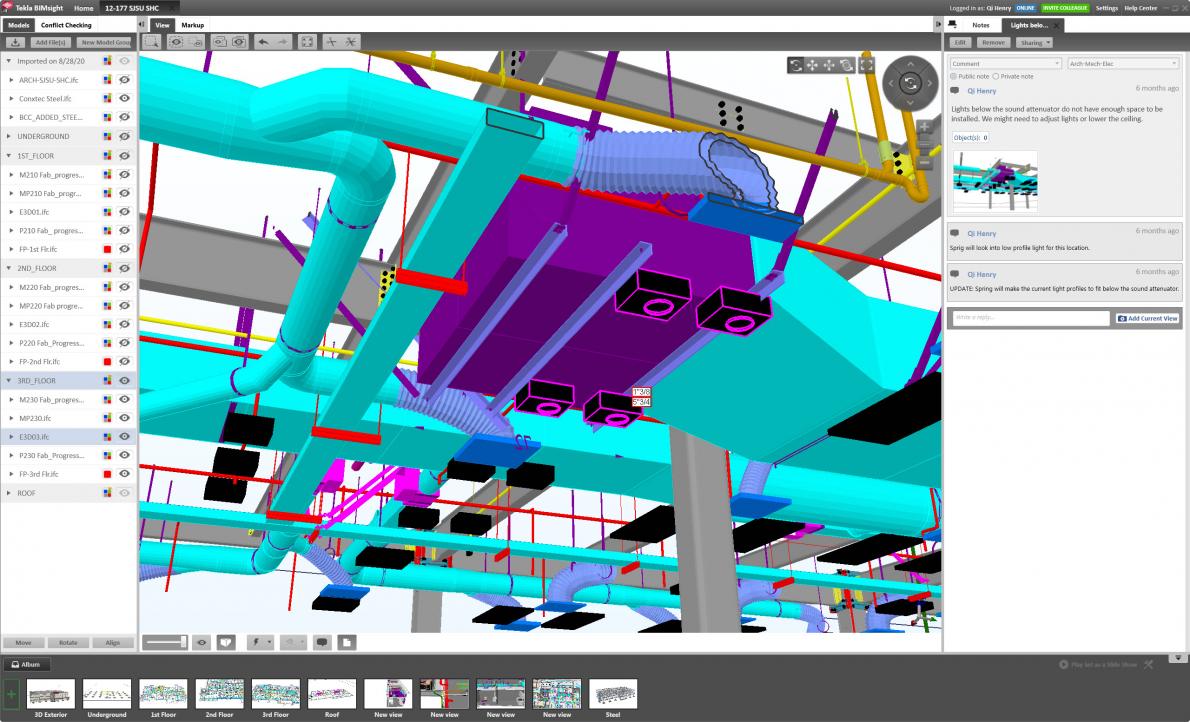
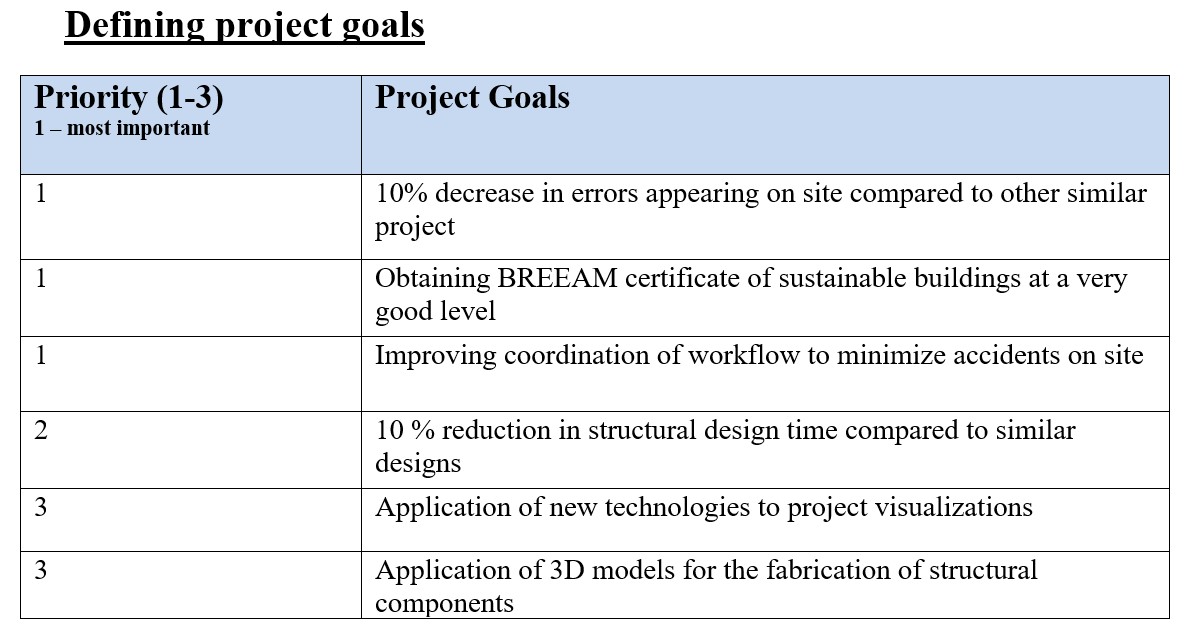
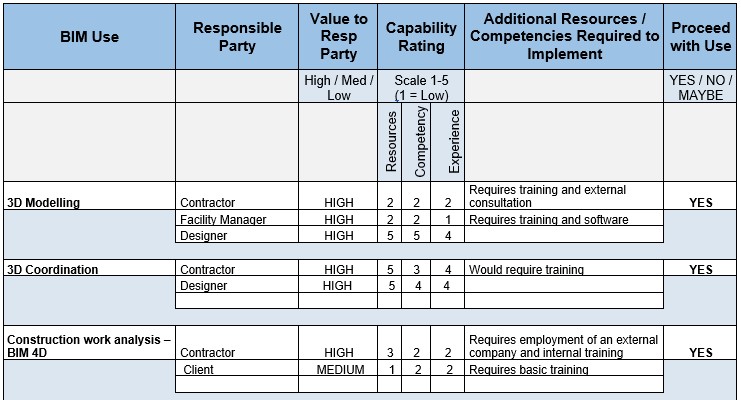







Thank you! this is very useful! greetings from Chile 🙂
thank yoy very much . it was useful for me . i was looking for it befor.
I am glad to hear it Mohyeldeen.